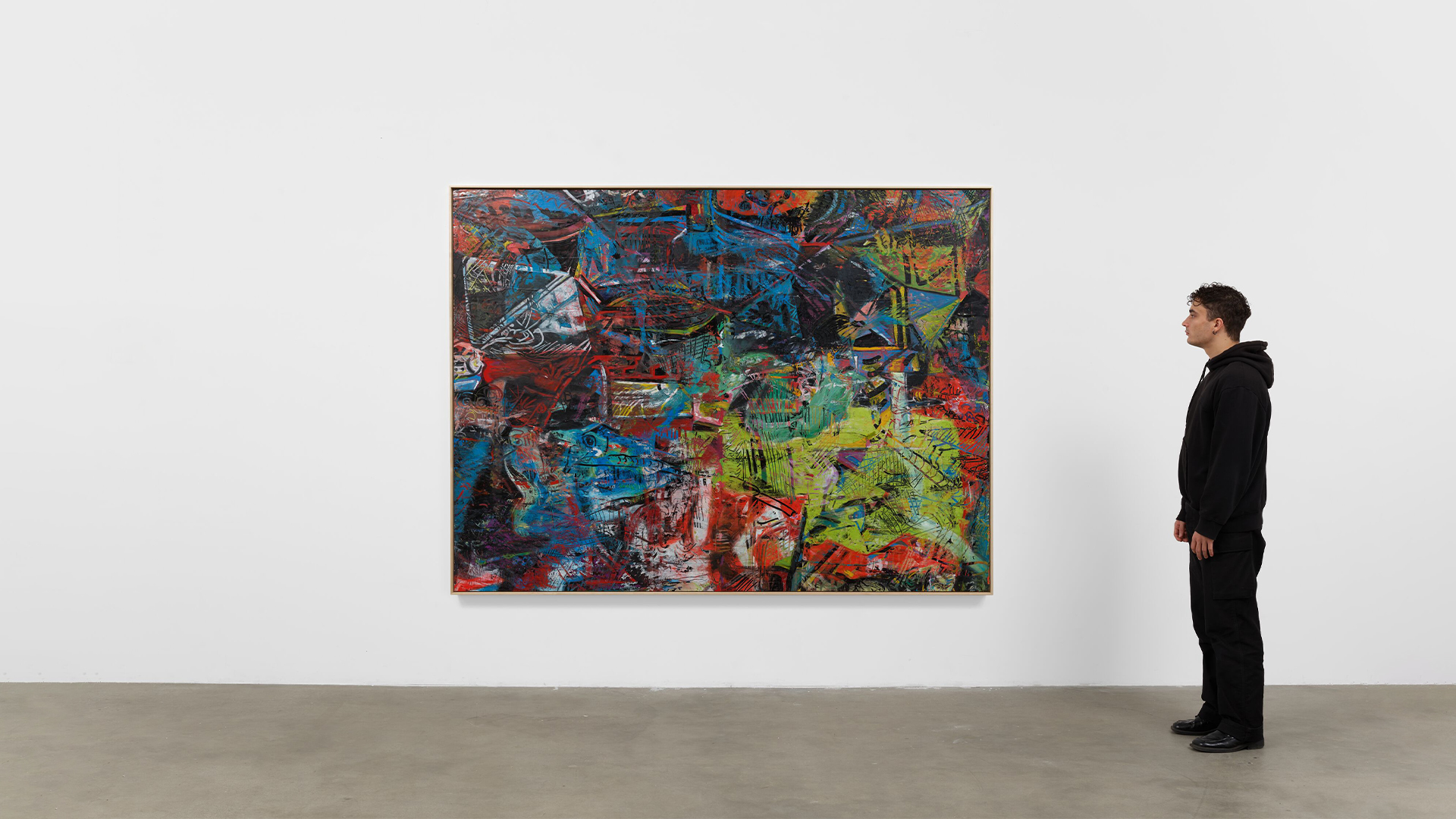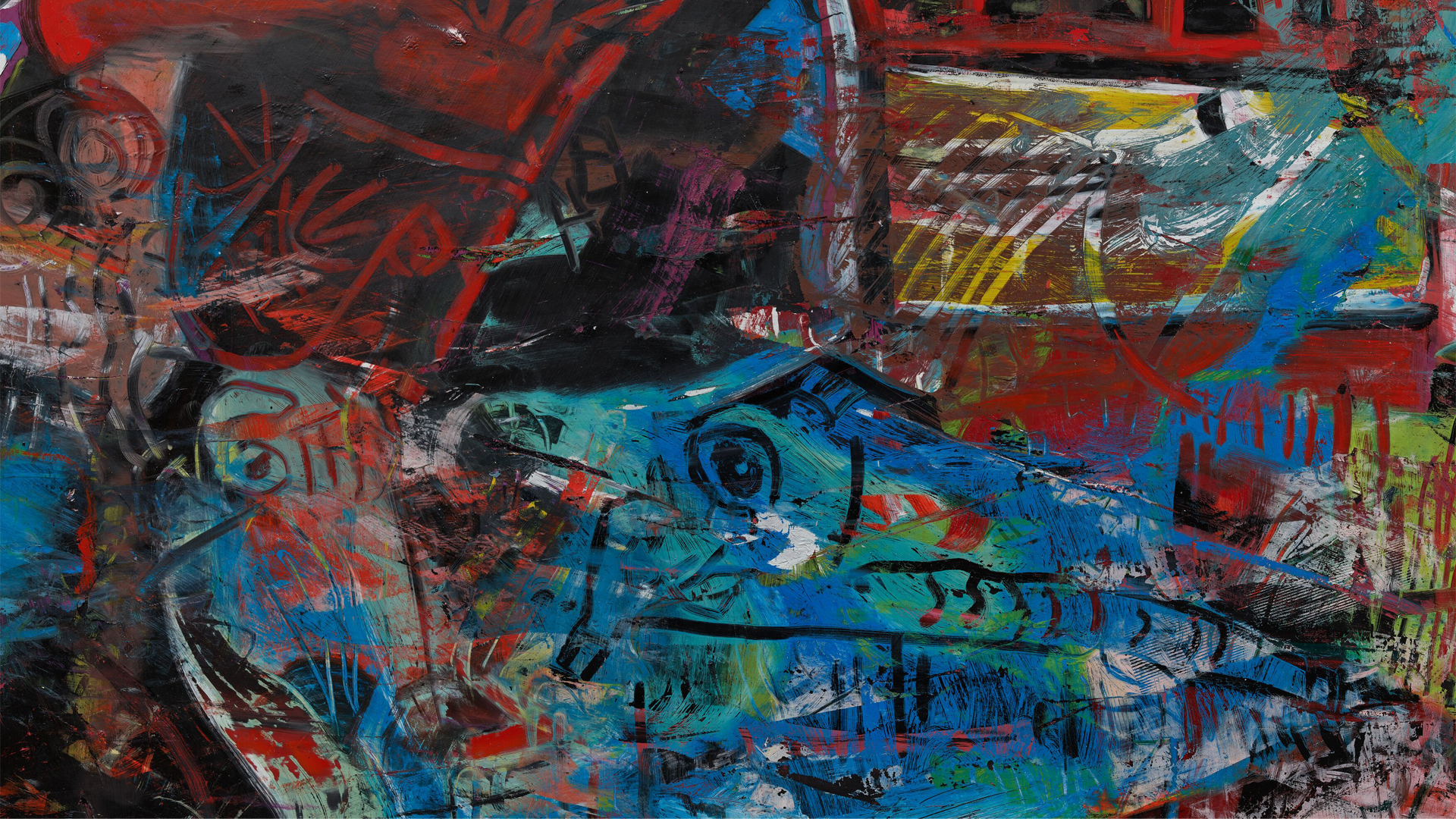Angel Otero
On Being Blue
On Being Blue
2023
Oil paint and fabric collaged on canvas
182.8 x 243.8 x 3.8 cm / 72 x 96 x 1 ½ in




About the artist
 Angel Otero was born in 1981 in Santurce, Puerto Rico. He moved to Chicago in 2004, where he received his MFA at the School of the Art Institute. Otero is known for employing highly innovative techniques that challenge the parameters of his materials, revealing the intrinsic qualities of paint. His works are rooted in abstract image making and engage with ideas of memory through addressing art history, as well as his own lived experience. Otero is well known for the ‘oil skin’ works he began in 2010, an ongoing series that demonstrates the inherently transformative nature of the artist’s practice as well as his dedication to expanding the visual field of abstract expressionism.
Angel Otero was born in 1981 in Santurce, Puerto Rico. He moved to Chicago in 2004, where he received his MFA at the School of the Art Institute. Otero is known for employing highly innovative techniques that challenge the parameters of his materials, revealing the intrinsic qualities of paint. His works are rooted in abstract image making and engage with ideas of memory through addressing art history, as well as his own lived experience. Otero is well known for the ‘oil skin’ works he began in 2010, an ongoing series that demonstrates the inherently transformative nature of the artist’s practice as well as his dedication to expanding the visual field of abstract expressionism.

Artwork images © Angel Otero. Photo: Sarah Muehlbauer
Portrait of Angel Otero © Angel Otero. Photo: Javier Romero
1.) Verlie Cassel Oliver, Terry R. Myers, Christian Viveros-Fauné, ‘Angel Otero. Everything and Nothing,’ Houston TX: Contemporary Arts Museum Houston and Skira, 2017, p. 13.
2.) Angelo Otero quoted in Taylor Dafoe, ‘’Act First and Then Think:’ Artist Angel Otero on How to Turn Failure Into Fuel for Creativity,’ artnet news, April 19, 2019 (accessed April 28, 2022), https://news.artnet.com/art-world/angel-otero-turning-failure-into-creativity-1511446).
3.) Verlie Cassel Oliver, Terry R. Myers, Christian Viveros-Fauné, ‘Angel Otero. Everything and Nothing’, Houston TX: Contemporary Arts Museum Houston and Skira, 2017, p. 28.



